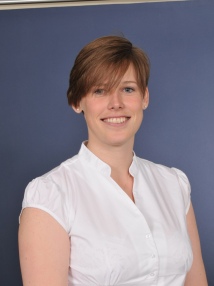BibTex format
@article{Harput:2018:10.1109/TUFFC.2018.2824846,
author = {Harput, S and Christensen-Jeffries, K and Brown, J and Yuanwei, L and Williams, KJ and Davies, AH and Eckersley, R and Dunsby, CW and Tang, M},
doi = {10.1109/TUFFC.2018.2824846},
journal = {IEEE Transactions on Ultrasonics, Ferroelectrics and Frequency Control},
pages = {803--814},
title = {Two-stage motion correction for super-resolution ultrasound imaging in human lower limb},
url = {http://dx.doi.org/10.1109/TUFFC.2018.2824846},
volume = {65},
year = {2018}
}

